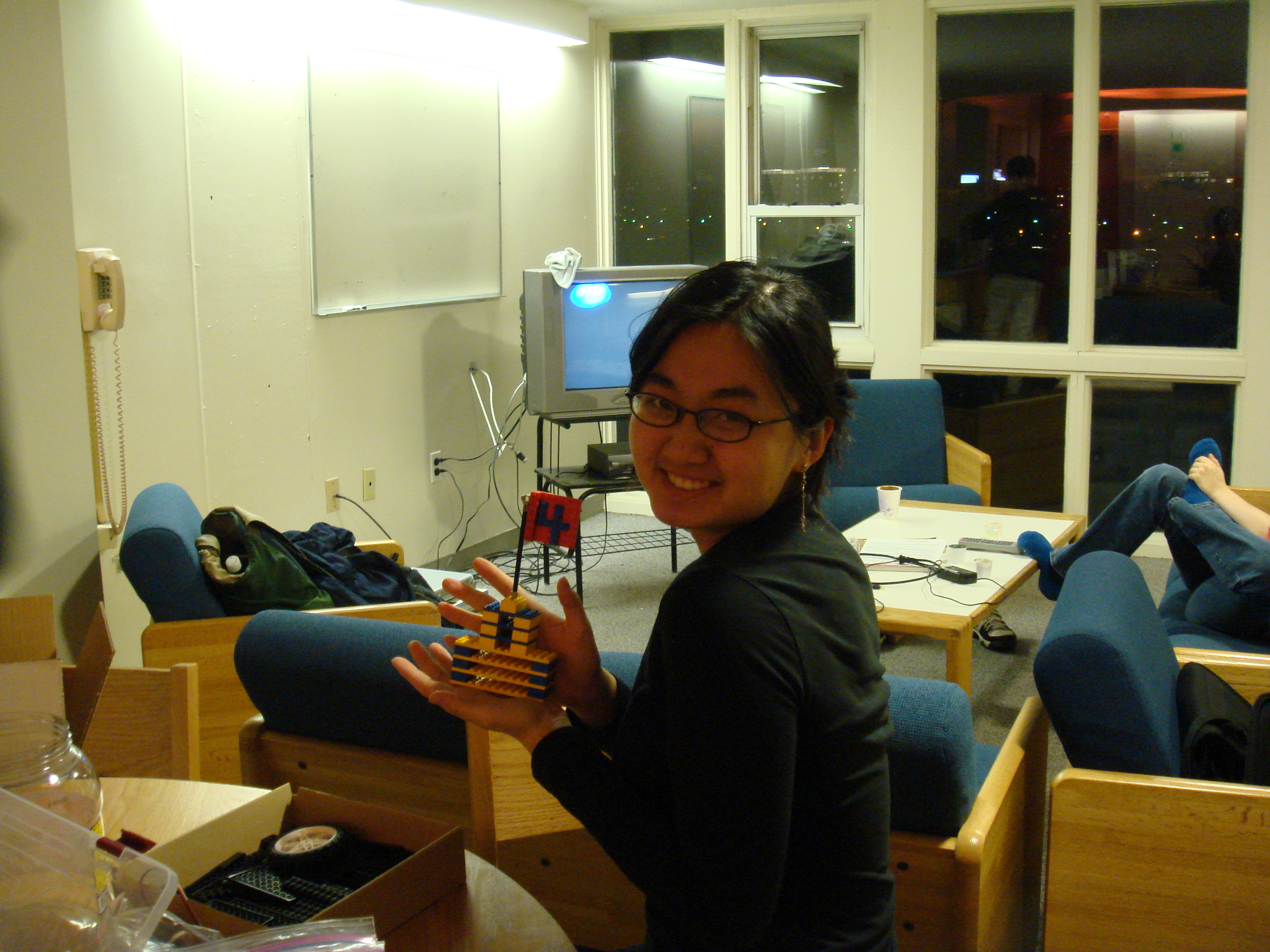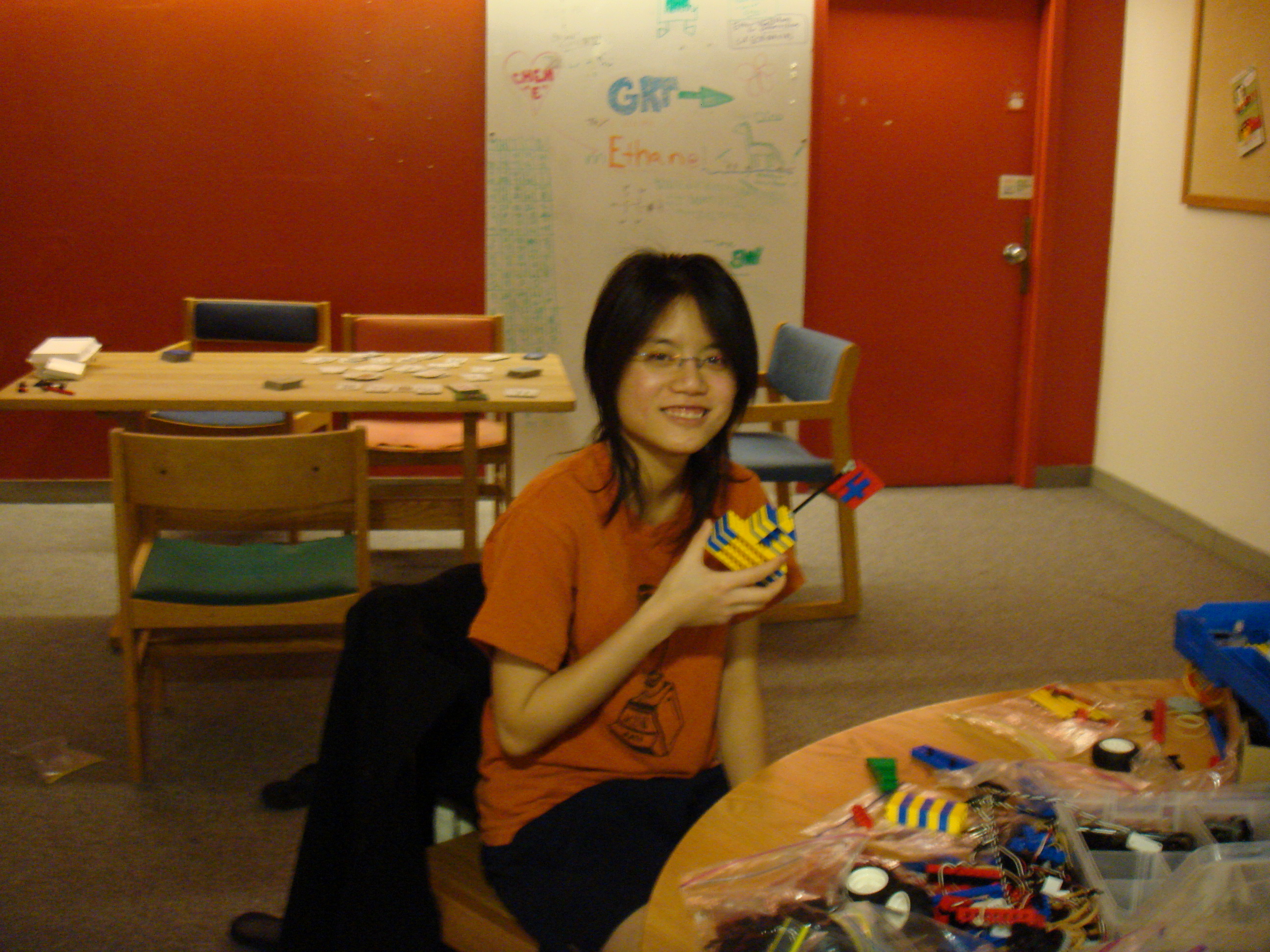6.270 IAP 2007
team 4
team name: 3 blind mice

tiff, wendi, helen






wendi li wendili [at] mit.edu mit, class of '08 course 6-1, EE robot design, soldering |

helen liang heliang [at] mit.edu mit, class of '08 course 6-1, EE robot design, soldering, software design |

tiffany chen chent [at] mit.edu mit, class of '08 course 6-2, EECS software design, soldering |